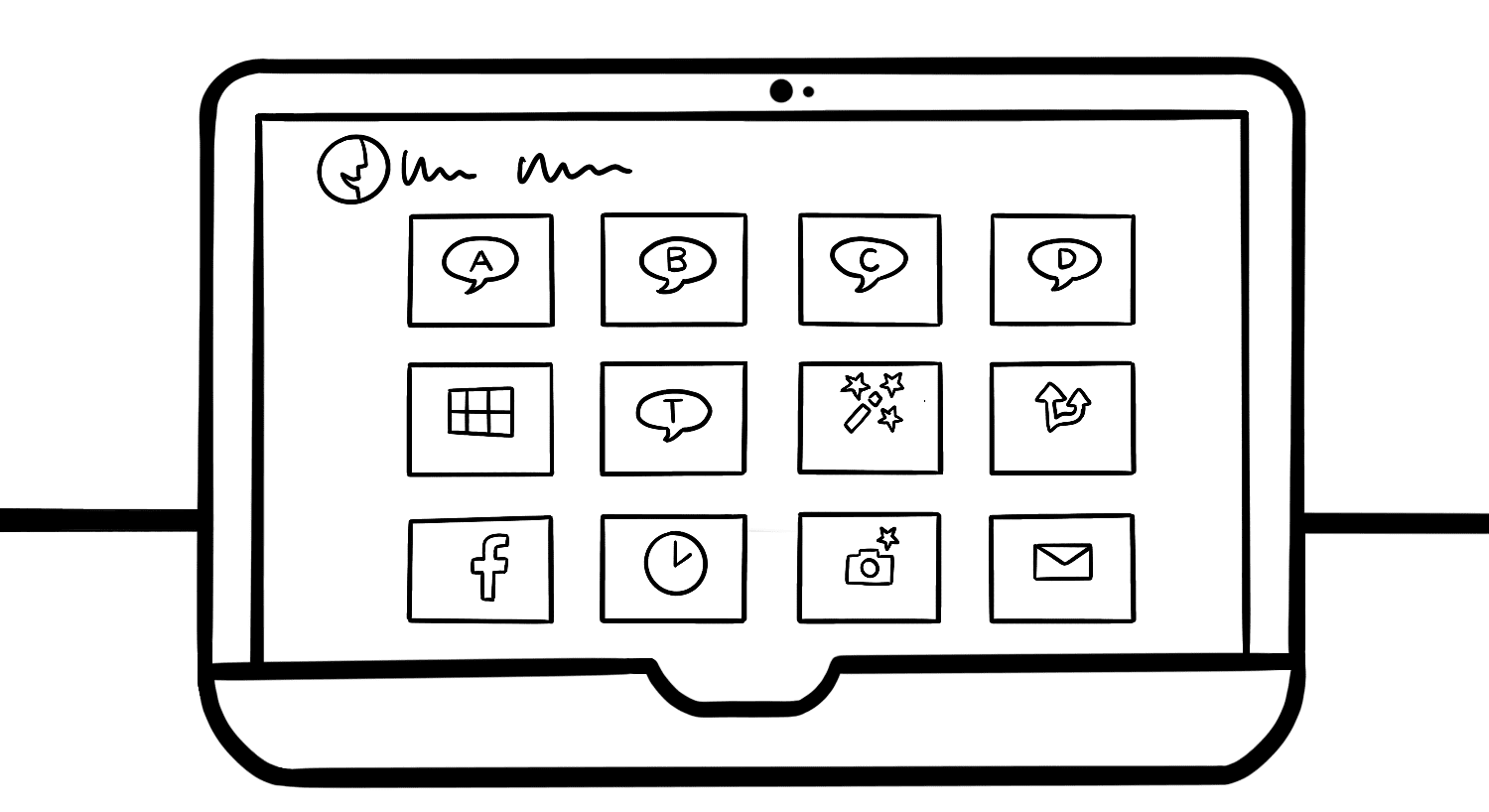What is Grid 3?
Grid 3 is a type of assistive software that allows users to control a computer via eye gaze, a head mouse, or a switch system. It is primarily used by those with physical challenges who find it difficult to use a keyboard and mouse or voice control software.


Grid 3 defined:
Grid 3, developed by Smartbox Assistive Technology, is assistive software for Windows computers primarily used by people with physical mobility challenges that make it difficult for them to speak or operate a standard keyboard or mouse. It works with switch systems, head mice, eye tracking, and other alternative input technologies that replace a standard keyboard and mouse. The software places options on screen in a grid, allowing users to use their input device to narrow down to and select the exact option theyÕre interested in.
Beyond allowing users to control the entire computer, the software includes customized grids to make certain tasks quicker and easier like using Facebook, reading and writing email, and filling out forms. It also provides text-to-speech features, allowing those who are unable to speak themselves to communicate easily using grids of symbols, letters, or pre-defined phrases.
Lastly, Grid 3 allows users to control smart home devices, other assistive technology, or anything else in their physical environment, using infrared and RF technology. Examples of technologies commonly controlled through Grid 3 include lights, heaters, beds, and televisions. This makes Grid 3 a central piece of software for many people with physical challenges, allowing them to work, study, and live independently.

